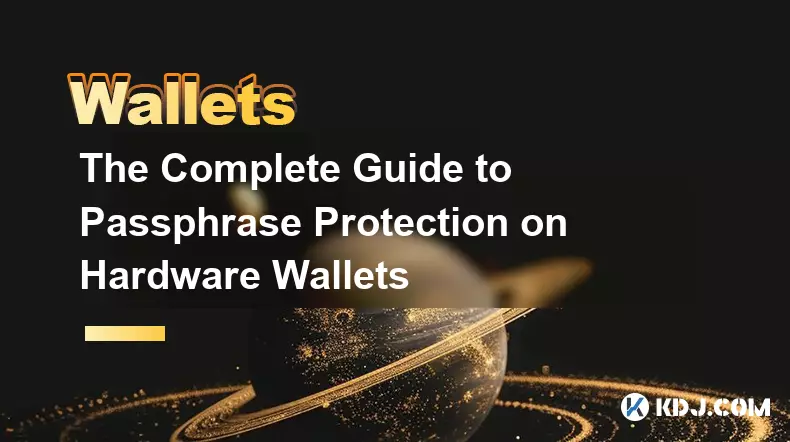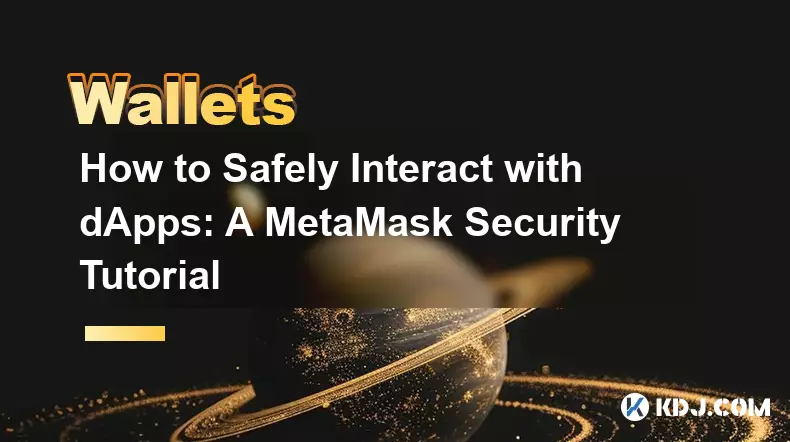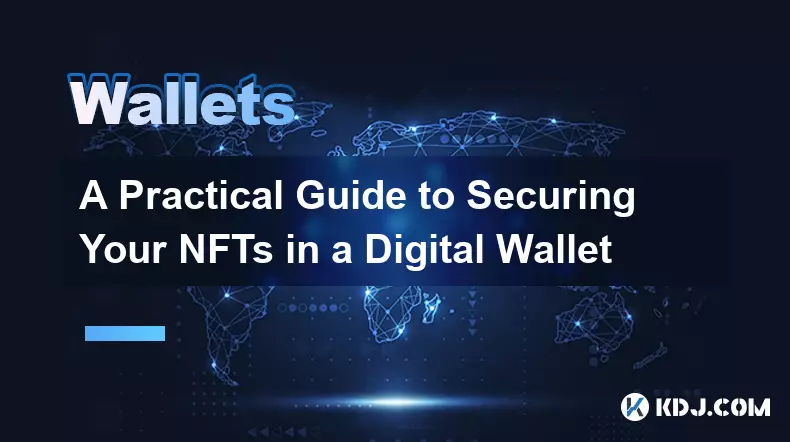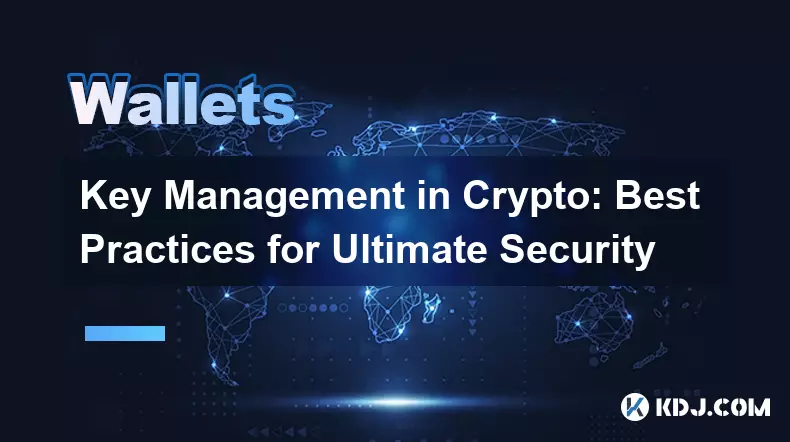-
 bitcoin
bitcoin $107015.826941 USD
-2.18% -
 ethereum
ethereum $3637.352324 USD
-5.18% -
 tether
tether $0.999831 USD
-0.02% -
 xrp
xrp $2.338078 USD
-6.23% -
 bnb
bnb $998.272150 USD
-6.97% -
 solana
solana $167.598257 USD
-10.12% -
 usd-coin
usd-coin $0.999863 USD
0.01% -
 tron
tron $0.282573 USD
-5.09% -
 dogecoin
dogecoin $0.169891 USD
-7.39% -
 cardano
cardano $0.557554 USD
-7.03% -
 hyperliquid
hyperliquid $39.914802 USD
-5.85% -
 chainlink
chainlink $15.414549 USD
-9.97% -
 bitcoin-cash
bitcoin-cash $510.361911 USD
-4.26% -
 ethena-usde
ethena-usde $0.999194 USD
-0.03% -
 stellar
stellar $0.282092 USD
-6.07%
Why did my MetaMask transaction run out of gas?
Gas fees on Ethereum cover computational costs, and underestimating gas limits—especially with complex dApps or network congestion—can lead to failed transactions and lost fees.
Oct 08, 2025 at 05:36 am

Understanding Gas in Ethereum Transactions
1. Gas is a unit that measures the computational effort required to execute operations on the Ethereum network. Every transaction, whether it involves transferring ETH or interacting with a smart contract, consumes a certain amount of gas. The total cost depends on both the gas limit set and the gas price specified in gwei.
2. When you initiate a transaction through MetaMask, you must define a gas limit. This represents the maximum amount of gas you are willing to spend on the transaction. If the execution exceeds this limit, the transaction fails and the gas is consumed without completing the intended action.
3. Smart contract interactions often require more gas than simple ETH transfers. Complex functions such as token swaps, staking, or minting NFTs involve multiple operations. Underestimating the required gas can result in failure even if funds are sufficient in the wallet.
4. Network congestion plays a crucial role in gas behavior. During peak times, miners prioritize transactions offering higher gas prices. A low gas price might cause your transaction to remain pending for extended periods, increasing the chance of failure due to fluctuating conditions.
5. MetaMask attempts to estimate gas requirements automatically, but its predictions may fall short under specific circumstances, especially when dealing with non-standard contracts or dynamic logic within decentralized applications.
Common Reasons for Gas Limit Exceeded Errors
1. Insufficient gas limit setting is one of the primary causes. Even if MetaMask suggests a value, certain dApps trigger additional computations that the default estimation doesn’t account for. Manually increasing the gas limit can resolve this issue.
2. Interacting with poorly optimized smart contracts can lead to unexpectedly high gas consumption. Some older or inefficiently coded contracts perform redundant operations, driving up the gas needed beyond standard thresholds.
3. Failed transactions still consume gas because the network executes validation and computation steps before determining the failure. Users often misunderstand this, thinking they should get a full refund, but the gas fee pays for computational resources used.
4. Using outdated versions of MetaMask or browser extensions may result in incorrect gas calculations. Ensuring your wallet software is up to date helps avoid bugs related to transaction configuration.
5. Token approvals, particularly for ERC-20 tokens, sometimes require higher gas than expected. Approving unlimited allowances or interacting with multi-step protocols adds layers of complexity that impact gas usage.
How to Prevent Future Gas Failures
1. Review the gas estimation provided by MetaMask before confirming any transaction. If you're interacting with a new or unfamiliar dApp, consider adding a buffer—increasing the suggested gas limit by 10% to 20% can prevent underestimation.
2. Monitor current network conditions using tools like Etherscan’s gas tracker or GasNow. These platforms provide real-time data on optimal gas pricing, helping you choose competitive rates without overpaying.
3. For frequent interactions with specific contracts, test with a small transaction first. This allows you to observe actual gas consumption and adjust future settings accordingly.
4. Enable advanced settings in MetaMask to manually edit gas parameters. Customizing both gas price and limit gives greater control, especially during volatile network periods.
5. Double-check the recipient address and transaction data before submission. Invalid addresses or malformed input can trigger exceptions in contract code, leading to immediate gas exhaustion.
Frequently Asked Questions
What happens to my ETH when a transaction runs out of gas? The ETH used to pay for the gas is not returned. Although the transaction fails, the network still processes it and consumes resources, so the gas fee is forfeited.
Can I speed up a pending transaction that might fail due to low gas? Yes. Using MetaMask’s “Speed Up” feature allows you to resend the same transaction with a higher gas price. This replaces the original pending transaction and increases the likelihood of confirmation.
Does running out of gas mean I lost my tokens? No. Tokens remain in your wallet unless the transaction successfully executes. A failed transaction does not transfer or alter token balances—it only consumes gas.
Why do some dApps consistently require more gas than estimated? Certain decentralized applications use conditional logic or external calls within their smart contracts. These dynamic behaviors make accurate gas prediction difficult, often resulting in higher actual usage than initial estimates.
Disclaimer:info@kdj.com
The information provided is not trading advice. kdj.com does not assume any responsibility for any investments made based on the information provided in this article. Cryptocurrencies are highly volatile and it is highly recommended that you invest with caution after thorough research!
If you believe that the content used on this website infringes your copyright, please contact us immediately (info@kdj.com) and we will delete it promptly.
- XRP, BlockDAG, and Presales: Decoding the Hottest Crypto Trends
- 2025-11-04 22:50:12
- Nature's Miracle, Super Point, and Stablecoin: A New Era for Loyalty Rewards?
- 2025-11-04 22:40:02
- ADA Slowdown, Maxi Doge, and the Meme Coin Mania: What's the Hype?
- 2025-11-04 20:50:12
- Ethereum, Crypto, and the $1 Target: A New Era?
- 2025-11-04 21:00:12
- Zone Nine: Nihilation - A Deep Dive into the Zombie Survival Closed Playtest
- 2025-11-04 21:10:12
- Trust Wallet VIP Program: TWT Powers a New Era of User Loyalty
- 2025-11-04 21:05:01
Related knowledge

Reviewing Smart Contract Permissions: A Critical Security Step
Nov 01,2025 at 04:55pm
Understanding Decentralized Exchanges in the Crypto Ecosystem1. Decentralized exchanges (DEXs) have reshaped how traders interact with digital assets ...

The Complete Guide to Passphrase Protection on Hardware Wallets
Nov 03,2025 at 10:37am
Understanding Passphrases in Hardware Wallets1. A passphrase, often referred to as a 25th word, adds an additional layer of security beyond the standa...

How to Safely Interact with dApps: A MetaMask Security Tutorial
Nov 04,2025 at 02:54am
Understanding dApp Interaction Risks1. Decentralized applications (dApps) operate on blockchain networks, enabling users to trade tokens, lend assets,...

Software Wallet Security Vulnerabilities You Need to Know
Nov 01,2025 at 11:37am
Common Exploits Targeting Software Wallets1. Phishing attacks remain one of the most widespread threats to software wallet users. Cybercriminals desig...

A Practical Guide to Securing Your NFTs in a Digital Wallet
Nov 03,2025 at 04:55am
Understanding NFT Wallet Security Fundamentals1. NFTs, or non-fungible tokens, exist on blockchain networks such as Ethereum, Solana, and Polygon, mak...

Key Management in Crypto: Best Practices for Ultimate Security
Nov 04,2025 at 05:18am
Understanding the Importance of Key Management in Cryptocurrency1. In the world of cryptocurrency, private keys serve as the ultimate proof of ownersh...

Reviewing Smart Contract Permissions: A Critical Security Step
Nov 01,2025 at 04:55pm
Understanding Decentralized Exchanges in the Crypto Ecosystem1. Decentralized exchanges (DEXs) have reshaped how traders interact with digital assets ...

The Complete Guide to Passphrase Protection on Hardware Wallets
Nov 03,2025 at 10:37am
Understanding Passphrases in Hardware Wallets1. A passphrase, often referred to as a 25th word, adds an additional layer of security beyond the standa...

How to Safely Interact with dApps: A MetaMask Security Tutorial
Nov 04,2025 at 02:54am
Understanding dApp Interaction Risks1. Decentralized applications (dApps) operate on blockchain networks, enabling users to trade tokens, lend assets,...

Software Wallet Security Vulnerabilities You Need to Know
Nov 01,2025 at 11:37am
Common Exploits Targeting Software Wallets1. Phishing attacks remain one of the most widespread threats to software wallet users. Cybercriminals desig...

A Practical Guide to Securing Your NFTs in a Digital Wallet
Nov 03,2025 at 04:55am
Understanding NFT Wallet Security Fundamentals1. NFTs, or non-fungible tokens, exist on blockchain networks such as Ethereum, Solana, and Polygon, mak...

Key Management in Crypto: Best Practices for Ultimate Security
Nov 04,2025 at 05:18am
Understanding the Importance of Key Management in Cryptocurrency1. In the world of cryptocurrency, private keys serve as the ultimate proof of ownersh...
See all articles










































































